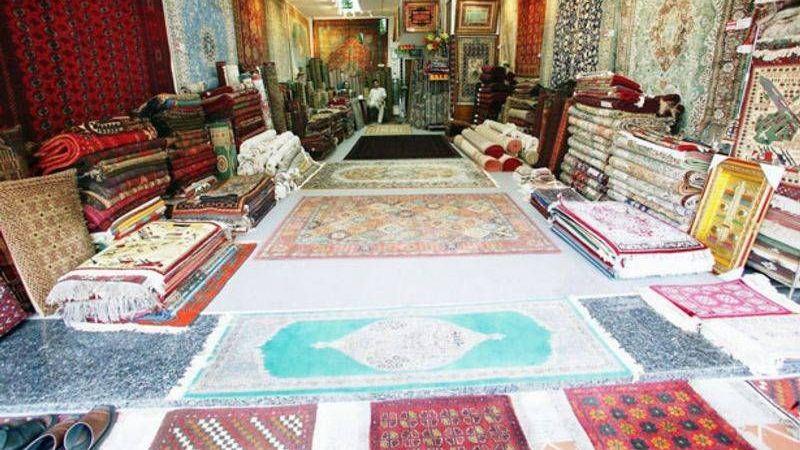Antique Persian Rugs – A Stitch In Time
Carpets and rugs have been around for as long as there have been cold floors and bare feet. The oldest carpet can be traced back to the year 500 B.C., to a period where carpet weaving became an art skill in ancient times. Ancient Chinese texts written during the Sassanid period often speak of the beauty that was found in Persian carpets. Because of their beauty and place in history, Persian rugs were coveted wedding gifts to many Americans of the late 19th and early 20th centuries.
Throughout time, the materials used to make Persian Rugs varied little. In ancient times, it was wool, silk, and cotton. However, it must be noted that such materials decay rather quickly and are often not useful for archaeological dating and preservation. Wool woven carpets include wools like Kork and Manchester, and, in certain cases, wool made from camel hair. Silk carpets, while rare and lacking in durability, were, and still are, more valuable than most. Their age increases said value. Silk carpets are often displayed on walls, like tapestries, instead of being used as rugs or floor coverings.
Designs featured on these rugs included gardens and bouquets of brightly colored flowers. Other designs include historic monuments and Islamic buildings as well as patterns such as spiral, European flower, derivative, paisley, composites, tribal, and inter-twined fish. Reoccurring patterns called motifs have different meanings and tend to be area-specific. They include Gull, Rosette, Boteh, Azari Kharchang, Herati, Islimi floral, and Mina-Khani.
The process used to produce Persian rugs is time-consuming and can include a long-weaving process and horizontal or vertical looms, while the tools are many. Probably the most important piece to a Persian rug is its knot. The symmetrical Turkish knot, also known as the Ghiordes knot, is popular in Turkey and specific parts of Iran. Another knot used is the asymmetrical Persian, or Senneh, knot, which is more widely used in India and Egypt.
Persia (the country) has a rich history and the rugs that were produced over the centuries is just one of many facets. There is a reason why most people think of antique Persian rugs when they think about what rug to buy. Not only are they great works of art but they are also one of the best investment pieces one could lay his or her hands on. Today’s economic atmosphere is very un stable but at least the good antique Persian rugs are and by the looks of it – this trend is not about to change any time soon!
